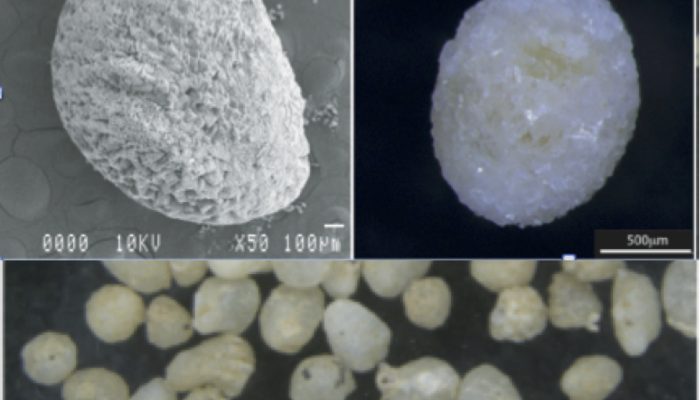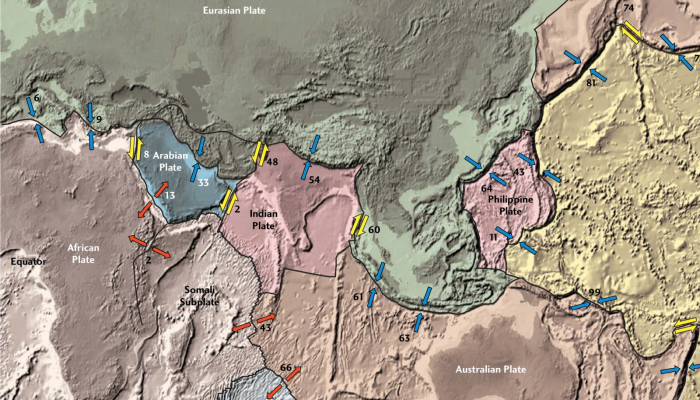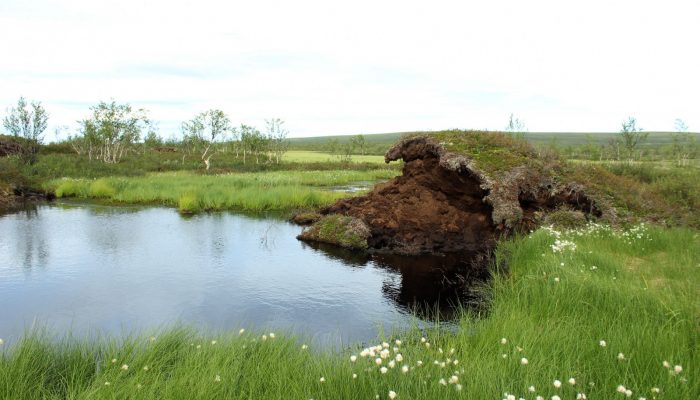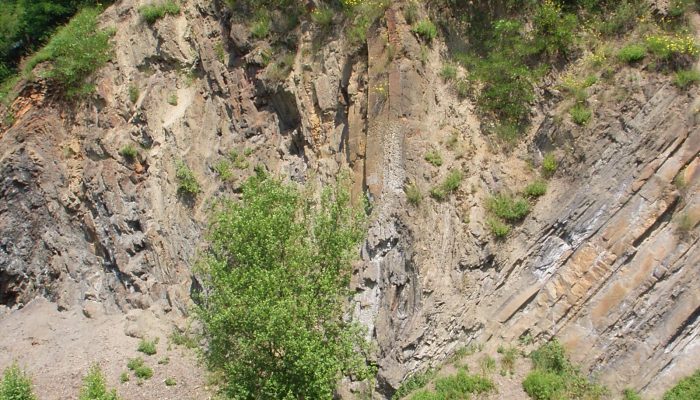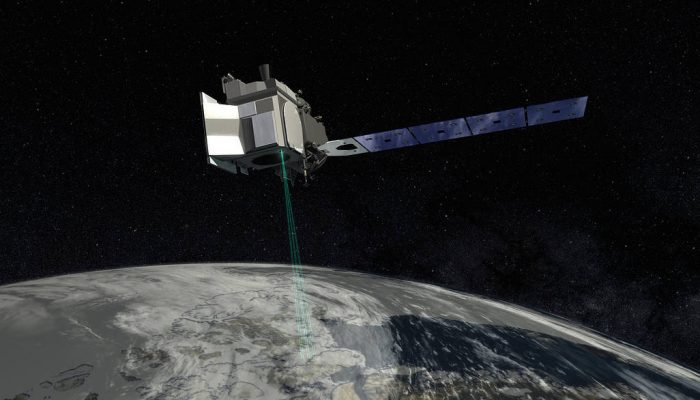Name of proxy Earthworm calcite granules (ECG) Type of record Paleotemperature and paleoprecipitation reconstruction; radiocarbon dating Paleoenvironment Continental environments – loess/paleosol sequences Period of time investigated Mostly Last full Glacial cycle – from 112,000-15,000 years Before Present (BP) (or older depending on the preservation of the granules). How does it work? Earth ...[Read More]
Tectonics and Structural Geology
Meeting Plate Tectonics – David Bercovici
These blogposts present interviews with outstanding scientists that bloomed and shape the theory that revolutionised Earth Sciences — Plate Tectonics. Get to know them, learn from their experience, discover the pieces of advice they share and find out where the newest challenges lie! Meeting David Bercovici David Bercovici started his scientific career with a BSc in Physics, and eventually graduat ...[Read More]
Natural Hazards
The devil in disguise: filmmaking lives under the threat of volcanoes.
Dear readers, today our blog will host Ryan Stone from Lambda Films. He will tell us his story and perspective behind the camera while documenting people’s lives constantly exposed to volcanic risk. If you want to get a quick taste of today’s content, just take a long breath and watch this video: https://www.lambdafilms.co.uk/video-production/an-eclipse/. Hello Ryan, Please tel ...[Read More]
Cryospheric Sciences
Image of the Week – Permafrost features disappearing from subarctic peatlands
Some of the most remarkable, marginal features of permafrost – palsas – are degrading and disappearing metre by metre from North European peatlands, and are driven close to extinction by the climate change. What are these permafrost features? A palsa is a peat mound with an icy core, which stays frozen throughout summer due to the insulating property of dry peat. These mounds can rise up to 10 met ...[Read More]
Solar-Terrestrial Sciences
FOXSI: The NASA mission that combines rockets, flares, and X-rays
For decades, high-energy aspects of the Sun have been studied using indirect imaging and spectroscopy in hard X-rays (HXR) by the pioneering RHESSI spacecraft. However, advanced understanding of small-scale energy releases and particle acceleration in the outermost layer of the Sun require better sensitivity and dynamic range, which can be achieved by using direct focusing X-ray optics. Almost six ...[Read More]
Stratigraphy, Sedimentology and Palaeontology
Mining the Carboniferous in the Ruhr area (Germany)
During the upper Carboniferous period (Namurian, Westfalian and Stephanian) large areas of central western Germany were covered by coastal swamp forests dominated by Lepidodendron und Sigillaria. Periodic marine and fluvial transgressions caused the swamps being regularly buried by siliciclastic material, resulting in up to 5500 m thick successions of alternating organic-rich and clastic-rich sed ...[Read More]
Cryospheric Sciences
Image of the Week – Ice-Spy: the launch of ICESat-2
On September 15th, 2018, at 18:02 local time, NASA launched its newest satellite – the second generation Ice, Cloud and land Elevation Satellite (ICESat-2). ICESat-2 only contains one instrument – a space laser that fires 10,000 pulses per second to Earth to measure elevation. Its primary purpose is for monitoring the ever changing cryosphere, so naturally there are plenty of ice enthusiasts ...[Read More]
Tectonics and Structural Geology
Meeting Plate Tectonics – Mathilde Cannat
These blogposts present interviews with outstanding scientists that bloomed and shape the theory that revolutionised Earth Sciences — Plate Tectonics. Get to know them, learn from their experience, discover the pieces of advice they share and find out where the newest challenges lie! Meeting Mathilde Cannat Mathilde Cannat started her career at the early age of 26 when she obtained her Doctorate i ...[Read More]
Cryospheric Sciences
Ice-hot news: The cryosphere and the 1.5°C target
Every year again, the Conference of Parties takes place, an event where politicians and activists from all over the world meet for two weeks to discuss further actions concerning climate change. In the context the COP24, which started this Monday in Katowice (Poland), let’s revisit an important decision made three years ago, during the COP21 in Paris, and its consequences for the state of the cryo ...[Read More]
Geodynamics
Get conference ready!
It’s almost time for the AGU fall meeting 2018! Are you ready? Have you prepared your schedule and set up all your important business meetings? Here are some final tips to nail your presentation and/or poster! Nailing your presentation • The art of the 15-minute talk: how to design the best 15-minute talk • Presentation skills – 1. Voice: how to get the most out of your presentation vo ...[Read More]

